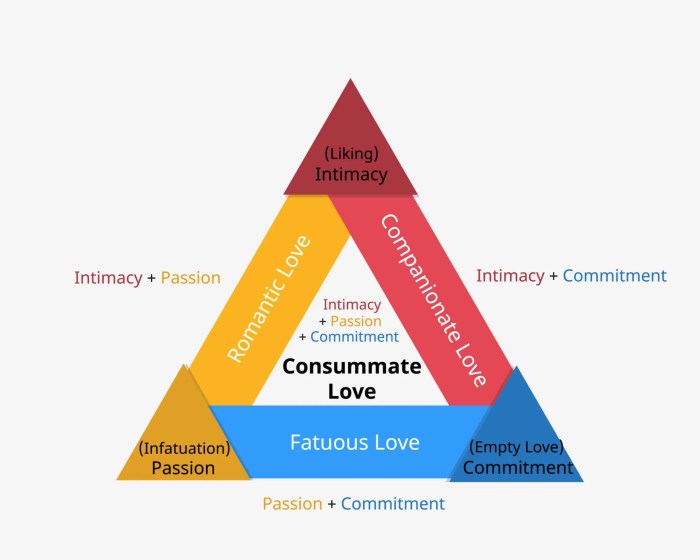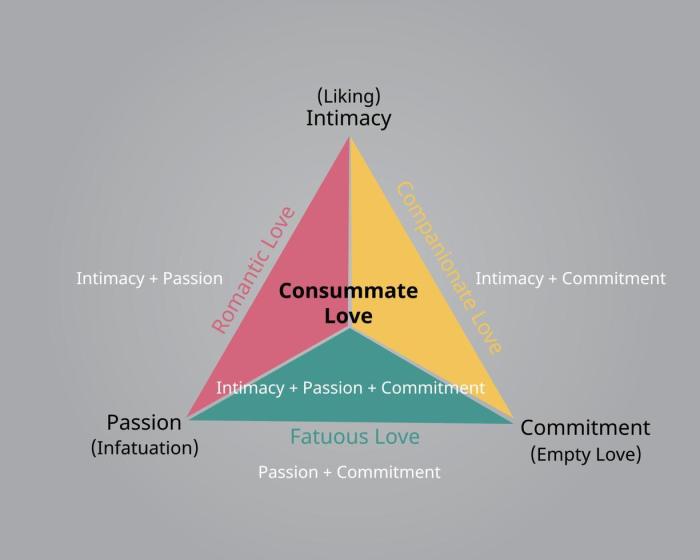Robert sternberg five components of creativity – In the realm of human cognition, Robert Sternberg’s Five Components of Creativity stand as a beacon, illuminating the intricate interplay of intellectual prowess, imaginative brilliance, venturesome spirit, environmental support, and intrinsic motivation that fuels creative endeavors. This comprehensive framework serves as a roadmap for understanding the genesis of innovative ideas and unlocking the potential for transformative breakthroughs.
Sternberg’s theory posits that creativity is not a singular entity but rather a multifaceted construct, comprised of distinct yet interconnected components. Each component contributes uniquely to the creative process, shaping the ability to generate novel ideas, solve complex problems, and produce original works that push the boundaries of human knowledge.
Robert Sternberg’s Five Components of Creativity

Robert Sternberg, a prominent psychologist, developed a comprehensive theory of creativity, identifying five key components that contribute to creative thinking and problem-solving.
Intellectual Skills, Robert sternberg five components of creativity
Intellectual skills refer to the cognitive abilities involved in creativity. These include problem-solving, reasoning, decision-making, and critical thinking. Individuals with strong intellectual skills can effectively analyze information, identify patterns, and generate novel solutions.
Imaginative Skills
Imaginative skills encompass the ability to generate and manipulate ideas, explore different perspectives, and engage in fantasy. Divergent thinking, idea generation, and visualization are crucial for creative thinking. Individuals with strong imaginative skills can produce original and unconventional ideas.
Venturesome Personality
A venturesome personality is characterized by risk-taking, curiosity, and open-mindedness. Creative individuals are often willing to take risks, explore new ideas, and challenge established norms. Curiosity drives them to seek knowledge and experiences that expand their horizons.
Environmental Support
Environmental support plays a significant role in fostering creativity. A supportive environment provides opportunities for creative expression, encourages risk-taking, and offers resources for exploration. Cultural factors, social interactions, and access to resources can all contribute to a creative climate.
Motivation
Motivation is a key driver of creativity. Intrinsic motivation, stemming from personal interest and enjoyment, is particularly important. Passion, purpose, and rewards can all motivate individuals to engage in creative activities and pursue their ideas.
FAQ Resource: Robert Sternberg Five Components Of Creativity
What are the five components of creativity identified by Robert Sternberg?
Robert Sternberg’s Five Components of Creativity include Intellectual Skills, Imaginative Skills, Venturesome Personality, Environmental Support, and Motivation.
How do intellectual skills contribute to creativity?
Intellectual skills, such as problem-solving, reasoning, and decision-making, provide the cognitive foundation for creativity, enabling individuals to analyze information, generate solutions, and evaluate ideas.
What is the role of a venturesome personality in creativity?
A venturesome personality, characterized by risk-taking, curiosity, and open-mindedness, fosters creativity by encouraging individuals to explore new ideas, embrace challenges, and push beyond the boundaries of convention.

